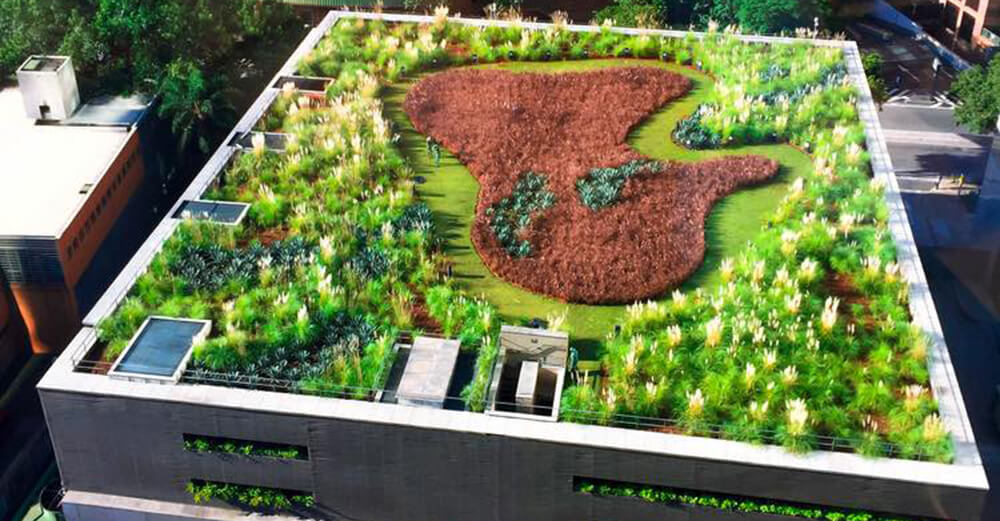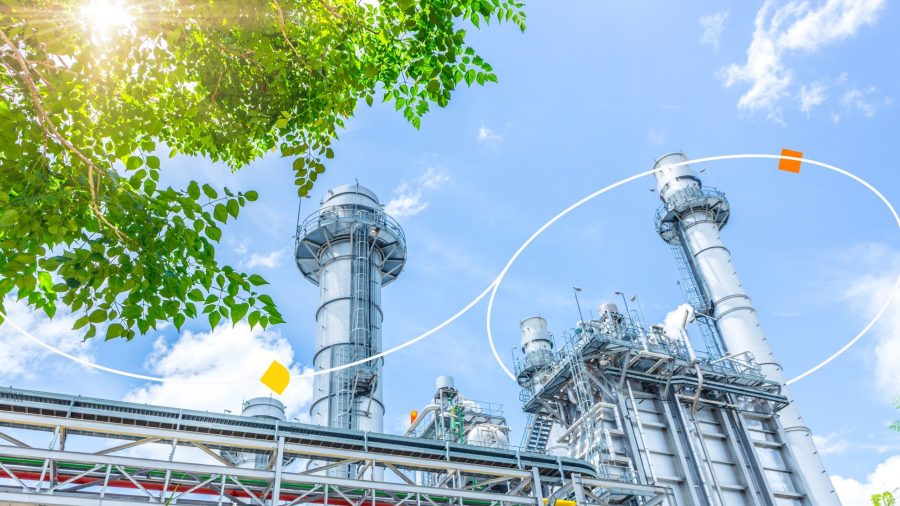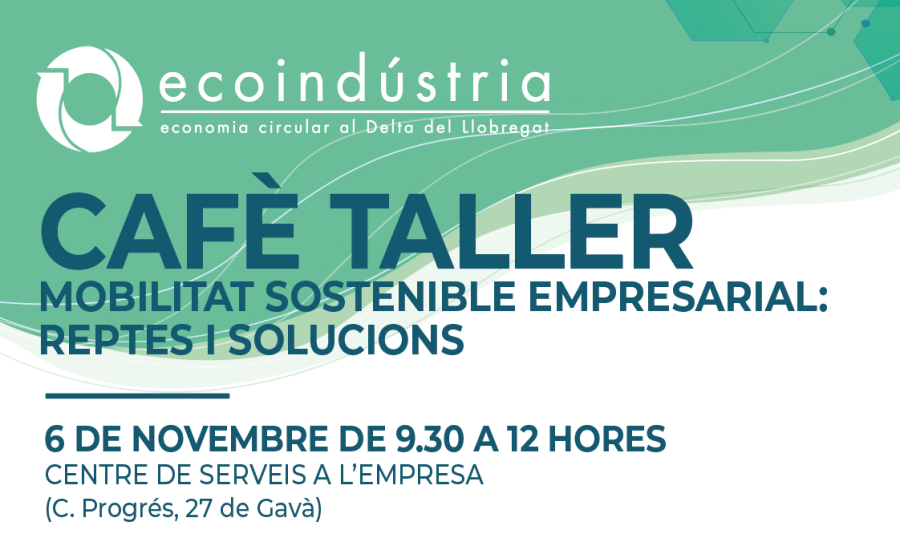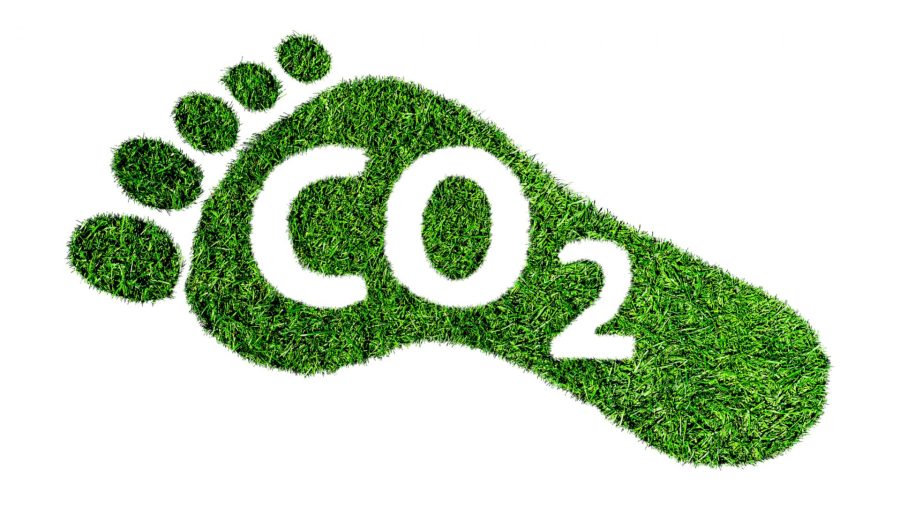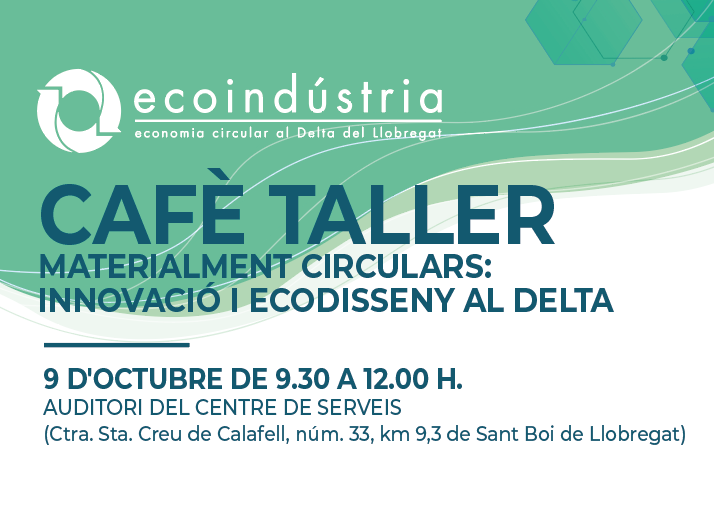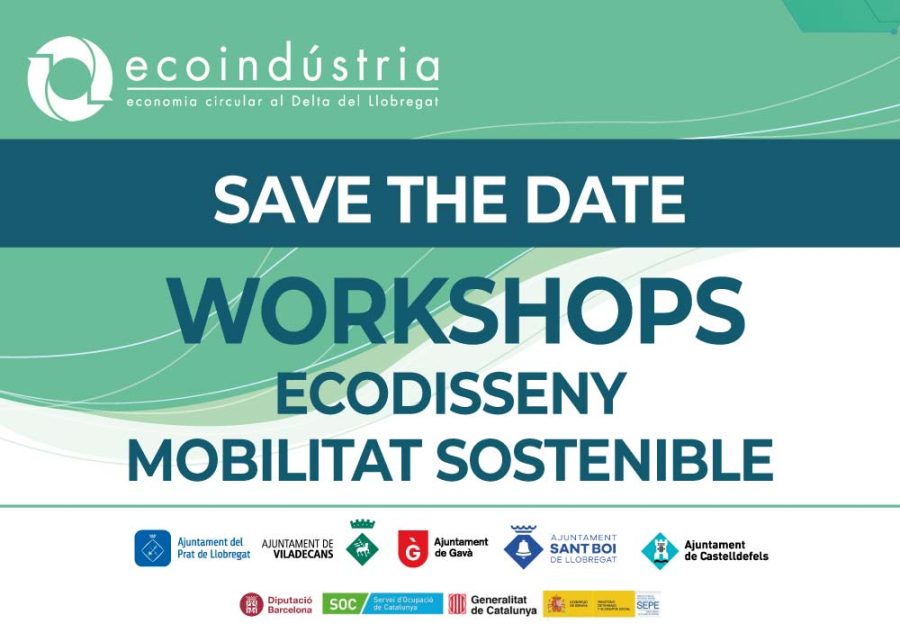Plant covers are indisputable allies in sustainable construction. This type of green system is a differentiating element for Bioconstruction projects, which merges aesthetics with the use of the planet's resources
A plant cover has important advantages and is a differentiating constructive element in Urban Bioconstruction projects.
Vegetal roofs are constructions located on the upper part of buildings (floors, roofs, terraces) that are covered with vegetation of some kind, whether plants, trees.... Sometimes, sustainable construction professionals, and the public in they are generally referred to as green roofs, green roofs or even simply green roofs.
There are different types of plant cover. They can be extensive, in the sun or in the shade, flat or inclined.... In the latter case, the installation system of the green cover will be decisive, since, just as it happens with vertical gardening, the influx of water on surfaces that are not completely flat must be foreseen and controlled in a special way for the project to be sustainable.
Respect for the environment.
The plants on the roofs of green roofs clean the air we breathe, filtering heavy metals and generating oxygen. They are also a way to protect Biodiversity, reduce the temperature of cities and the urban heat island effect, and collect and reuse rainwater.
MAIN ADVANTAGES OF A VEGETABLE COVER FOR THE ENVIRONMENT
One of the most important reasons for using plant roofs is that they have many advantages for the environment, in addition to serving as a differentiating element in urban Bioconstruction projects.
With green roofs it is achieved that until now unused surfaces, such as terraces or roofs, help to improve the levels of pollution, waste of energy resources and emissions of carbon dioxide.
The construction sector is one of the most polluting, as it is estimated that it is responsible, worldwide, for around a third of water and energy expenditure, and also for a third of gas emissions pollutants, which include negatively in the ozone layer.
Plant covers are a great tool for buildings to stop being part of the problem and become part of the solution:
- They purify the air we breathe
- They generate oxygen and improve air quality.
- They reduce the urban heat island effect, absorbing a large amount of sunlight, therefore temperature.
- They promote Biodiversity and respect for native fauna: the plants and flowers installed on green roofs serve as a habitat for different species of insects and birds.
- They retain rainwater and reuse it, naturally thanks to the plantings and also through a specific system for drainage, it protects against other temperatures, and even from wind erosion.
- They revalue the constructions, and improve the aesthetics of the building.
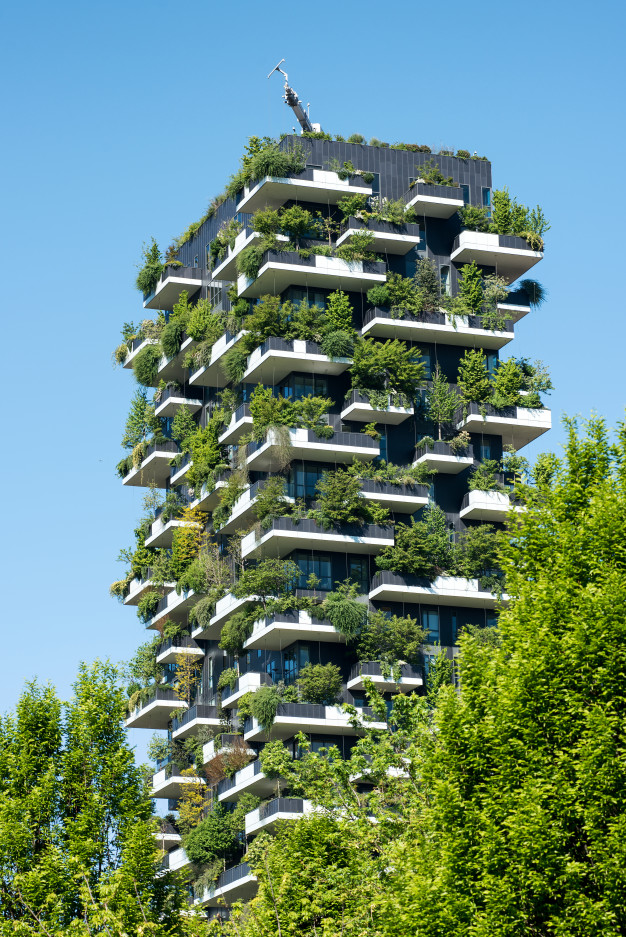
Improved well-being.
People who live in buildings with green roofs receive the positive impact of being surrounded by vegetation: less noise in the day to day, a fresher, livelier and more attractive environment. This significantly increases the value of buildings and projects with a green roof.
THE IMPORTANCE OF REAL COVERS
No one doubts that green roofs are destined to expand in their application and that their use will be increasingly important for construction professionals.
There are many cities that opt for this type of plant cover to improve the quality of life of their inhabitants. Barcelona is a clear example, with its "Plan del Verd i la biodiversity de Barcelona 2020" and "Programa d'impulse a la Verda Urbana infrastructure" initiatives, through which it has proceeded with the installation of vegetal roofs in more than 'a dozen buildings.
Like vertical gardens, vegetal roofs respond to a whole philosophy of preserving the environment within the sector of sustainable architecture. An effort to integrate vegetation in urban areas and reverse the worrying effects of climate change, the reduction of the ozone layer and the increase in global temperature.

